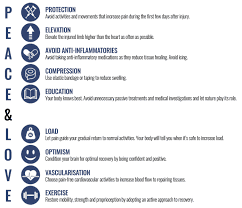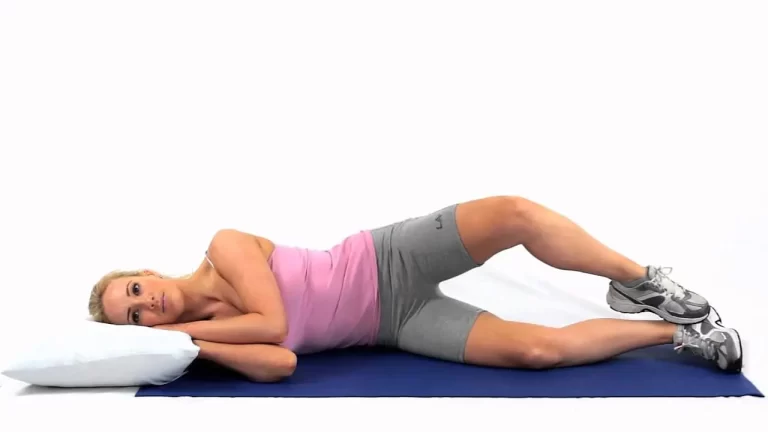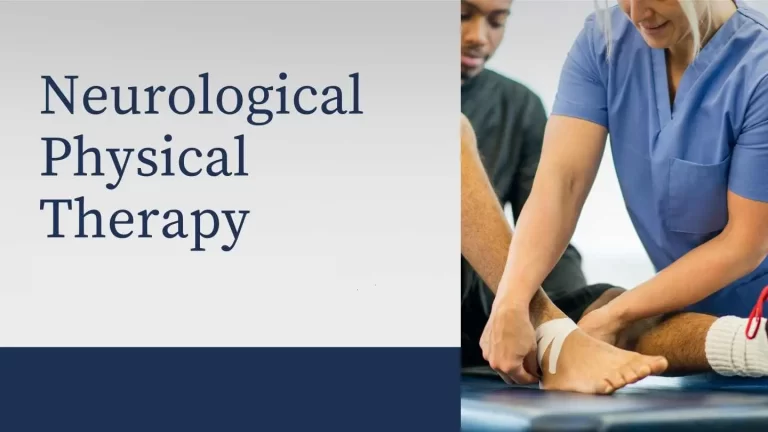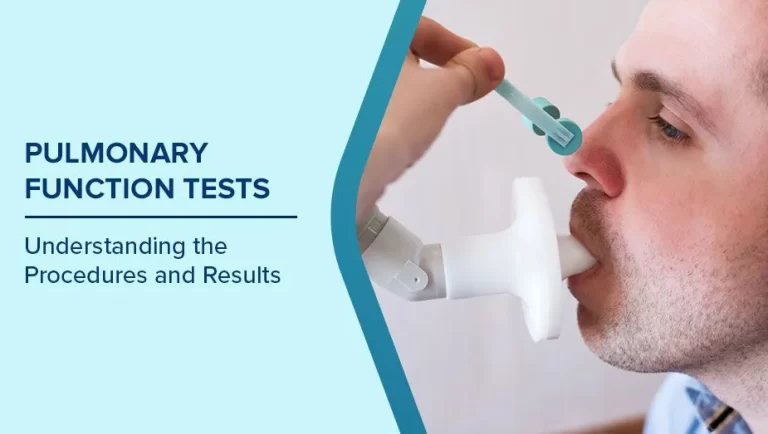PEACE & LOVE Protocol
Introduction
The care and rehabilitation of soft tissue injuries are significantly more complex, even though RICE and POLICE are popular and well-known concepts. The sub-acute and chronic phases of soft tissue healing are not effectively covered by these well-known techniques, which are primarily concerned with the acute treatment of soft tissue injuries.
Two new acronyms, PEACE, and LOVE, have been proposed by Dubois and Esculier (2019) to optimize soft tissue recovery. The complete spectrum of soft tissue injury management, from first care to post-injury management, is encompassed by these two acronyms (PEACE and LOVE). To facilitate rehabilitation, it emphasizes the significance of patient education and addressing the psychosocial aspects involved. It also draws attention to the possible drawbacks of utilizing anti-inflammatory drugs to aid in healing.
Peace
As soon as possible following a soft tissue injury, avoid harming and use PEACE as your guide. (In the acute phase, minor soft tissue injuries may require PEACE)
P = Protect
Move less or unload for one to three days.
- This lessens bleeding.
- prevents damaged fibers from stretching
- lowers the chance of a worsening injury
Reduce the amount of rest
- Extended rest diminishes the quality and strength of the tissue.
Allow pain to decide when to take off the protection and gradually reload.
E = Elevate
Raise the injured limb so that it is higher above the heart.
- This encourages the movement of interstitial fluid from the damaged tissue.
- Despite the lack of proof, it is still advised because the risk-benefit ratio is minimal.
A = Avoid anti-inflammatory modalities
Anti-inflammatory drugs may harm tissue repair over time.
- Phases of the inflammatory process that support optimal soft tissue regeneration
- Using drugs to decrease inflammation could make the healing process less effective.
Avoid ice
- Ice is usually used as an analgesic.
- There is not much high-quality data to support the use of ice in the treatment of soft tissue injuries, even though it is a commonly accepted technique.
- Ice may interfere with angiogenesis, revascularization, and inflammation. Ice could perhaps postpone the invasion of neutrophils and macrophages.
- Ice may cause immature myofibers to grow.
Decreased tissue regeneration and excessive production of collagen may arise from this.
C = Compress
A full range of motion at the joint should be maintained even in cases where external mechanical compressions, such as taping or bandaging, limit intra-articular edema and tissue bleeding.
E = Educate
As physical therapists, we must inform our patients about the numerous advantages of taking an active rather than a passive approach to healing.
When compared to an active approach, the effects of early passive therapeutic techniques like electrotherapy, manual therapy, or acupuncture on pain and function are negligible.
Physical therapists who feed a patient’s “need to be fixed” run the risk of making the patient dependent on them and even making their problems worse.
Better patient education is required regarding their condition.
Load control will prevent an injury from being overtreated.
- Overtreatment could lead to more expensive injections or surgeries as well as increased risk.
Physical therapists must inform their patients and set reasonable expectations regarding healing periods.
Love
Soft tissues require LOVE after the initial few days have passed.
L = Load
An active approach using mobility and exercises is beneficial for patients with musculoskeletal diseases.
Regular activities should resume as soon as the condition permits it.
There is evidence of early mechanical stress.
- Ideal loading without making the pain worse
- encourages remodeling and repair increasing the mechano-transduction-based tissue tolerance and capacity of tendons, muscles, and ligaments.
O = Optimism
- Patients suffering from musculoskeletal disorders benefit from an active treatment that incorporates mobility and exercise.
- As soon as conditions allow, regular activities ought to be resumed.
- It is shown that early stress from mechanical friction exists. For tendons, muscles, and ligaments, optimal loading that doesn’t worsen pain increases tissue tolerance and capacity based on mechano-transduction.
V = Vascularisation
Cardiovascular physical exercise is essential for the therapy of musculoskeletal injuries.
Cardiovascular exercise without pain improves blood flow to injured tissues and increases motivation, but further studies are required to determine the appropriate dosage.
Those with musculoskeletal diseases can benefit from early mobilization and aerobic exercise in the following ways:
- Improvement in Output
- improvement in job status reduces the need for painkillers.
E = Exercise
Exercise therapy is effective in treating ankle sprains and lowers the chance of recurrent injuries.
Benefits of exercise:
- Restores mobility
- Restores strength
- Restores proprioception, early after an injury
To encourage the best possible repair during the subacute phase, avoid pain.
As you continue workouts to higher levels of difficulty, use pain as a guide.
PEACE & LOVE Soft Tissue Injury Protocol
To facilitate the management of soft tissue injuries, the acronyms PEACE and LOVE soft tissue injury protocols will promote early and efficient treatment and maximize soft tissue recovery.
The PRICE protocol—which stands for Protection, Rest, Ice, Compression, and Elevation—may be familiar to you, but standards for injury care haven’t stopped changing. The inventor of RICE, Dr. Mirkin, withdrew his 1978 recommendation to use ice because it could impede healing. Based on recent studies, Dubois and Esculier created a more modern term for optimal soft tissue repair in 2019.
After A Few Days
Love (Load, Optimism, Vascularization, Exercise) is advised to direct the treatment of the injury after a few days have elapsed.
Tolerance-building and tissue remodeling can be supported by optimal loading that doesn’t worsen pain.
When symptoms permit, one should resume regular activities. Experimental evidence shows that while anxiety and hopelessness can become obstacles to healing, positive, realistic patient expectations enhance treatment outcomes and prognosis.
Promoting painless aerobic activity is the greatest way to increase motivation while increasing blood flow to affected areas. Exercise can improve proprioception, strength, and mobility while reducing the risk of repetitive injuries. During the subacute phase, pain should be avoided and used as a guide for escalating the intensity of workouts.
PEACE and LOVE vs. RICE
One of the key differences between the PEACE, LOVE, and RICE regimens is that they all recommend against using anti-inflammatory medications. Reminder: Your body’s natural response to an injury is inflammation, per a January 2018 scientific review published in Oncotarget. It aids in removing unwanted stimuli (such as damaged cells) and initiates the healing process.
According to a June 2018 research review published in Drug Design, Development, and Therapy, non-steroidal anti-inflammatory medications may impede the bone healing process, which involves the development of new blood vessels, soft tissue healing, and bone production.
A review published in December 2019 in JBJS Reviews also discovered evidence that selective COX-2 inhibitors, a class of nonsteroidal anti-inflammatory drugs, can impair the healing of soft tissue in the musculoskeletal system following surgery. Numerous in vitro investigations have also revealed that NSAIDs are detrimental to the biological mechanisms involved in tendon regeneration and healing.
Ice is classified as an anti-inflammatory aid under the PEACE and LOVE regimen. The authors of the BMJ recommendations state that ice may interfere with various processes, including inflammation, and so hinder tissue repair.
Malek does point out that using ice to relieve pain can be beneficial.”I always like to give people the option that if you feel like you’re miserable, get some ice on it.”
It normally takes 15 to 20 minutes to feel numb, so your best bet is to ice the area while wearing the appropriate skin protection, advises Malek. Do not apply it more than once during the day, as you would have done with the RICE approach.
The long-term care gaps are also addressed by the PEACE and LOVE protocol. RICE concentrates on the immediate aftermath of the injury, and Eileen Salvi, MPT, the owner of FYZICAL Therapy and Balance Centers in.
Bon Air, Virginia, notes that there is little guidance on how long to stick with this procedure.
Furthermore, Salvi notes that this new approach encourages you to resume your movement routine rather than trying to avoid utilizing the damaged body part for as long as possible. Malek concurs, pointing out that rather than just treating your pain and immediately getting back to your activity, the goal is to build back up gradually before returning to it.
Lastly, psychological factors that impact the healing process are also taken into account. An observational study published in Injury in November 2016 found that psychosocial factors (such as depressive symptoms, for example) can influence the degree of pain and limitations experienced by individuals with musculoskeletal disorders.
While RICE can certainly aid with your recovery, Malek advises that you might speed up your healing by surrounding yourself with LOVE and PEACE.
“We’ve been doing RICE for years and we’ve still gotten back to certain levels of play, but it’s just taking us longer that way,” explains Malek.
How to Use the Method of Peace and Love
Although the PEACE and LOVE recovery procedure is quite simple, it should only be applied to mild soft tissue injuries, such as a small strain or sprain. Malek advises sticking with RICE and seeing a medical practitioner for an assessment if you have a more significant sprain or strain to avoid overstressing your body.
If you have a small injury, take care of yourself using the above PEACE actions for the first few days while you heal. The doctors advise protecting the wounded area, avoiding activities that could exacerbate the injury or its symptoms, and elevating the affected area above your heart to reduce swelling.
In addition, Malek advises minimizing the amount of Advil and other NSAIDs you use and compressing the affected area with an ACE wrap or sleeve to reduce pain and swelling.
Education is the last phase. “Education is just understanding what may not benefit you, and that’s not on you to fully know,” explains Malek. “That’s listening to your body but also getting it assessed and receiving the proper education from someone well-versed in it,” like a medical professional.
You can turn to LOVE once your pain and swelling have subsided. Start loading the afflicted extremities gradually to strengthen your tissues, encourage revascularization, and assist you to resume your regular range of motion, advises Salvi.
This is the ideal moment to begin vascularization, or moving in ways that increase blood flow, as well as a little exercise to regain your strength and mobility.
Promoting blood flow throughout the body enhances the removal of inflammatory indicators and ensures that substances are reaching the necessary tissues.
Exercises that promote blood flow include low-impact swimming, walking around the block, and stationary bike riding.
The professionals advise you to stay positive about your rehabilitation at all times and to follow your pain threshold.
If you’re in pain, go for a jog or return to your regular workout regimen instead of putting any weight on the injured area.
a robust, athletic man who was hurt during a workout and was depressed outside
7 Myths About Exercise Injuries That Can Delay Your Recoveries
Conclusion
Whether it’s an ankle sprain or hamstring strain, the treatment of soft tissue injuries shouldn’t limit itself to immediate damage limitation. Additionally, clinicians must concentrate on treating the patient as a whole rather than just the injury itself, as well as long-term results.
FAQ
What is the mnemonic for peace and love injury?
Most recently, Blaise Dubois came up with the words “PEACE & LOVE” in 2019. Protection, elevation, avoiding anti-inflammatory medications, compression, and education make up the PEACE component. When treating acute soft tissue injuries, it serves as a guide. The code word for the LOVE component is load, optimism, vascularization, and exercise.
Why is peace and love better than RICE?
The concept of “Doing No Harm” is emphasized in PEACE & LOVE, and risk-to-benefit ratios are encouraged. In particular, it emphasizes avoiding anti-inflammatories like NSAIDs and even ice because they may cause adverse effects.
What is the peace and love method?
PEACE & LOVE and MEAT—which stand for Movement, Exercise, Analgesia, Treatment—as well as Protect, Elevate, Avoid anti-inflammatory medication/ice, Compression, Educate, Load, Optimism, Vascularization, and Exercise—can be used to manage swelling.
What is the difference between the RICE method and peace and love?
The goal of RICE is to treat injuries while they are still acute, or within three days of the accident. Using an extensive strategy, PEACE & LOVE treats the whole person rather than just the injury. This includes post-injury rehabilitation to avoid long-term issues and psychological obstacles.
What is the peace and love method of sprain and strain?
A new method for treating soft tissue injuries called the PEACE and LOVE protocol was created in response to research suggesting that more conventional methods, such as rest, ice, compression, and elevation (RICE), might impede the healing process.
References
- Peace and Love Principle. (n.d.). Physiopedia. https://www.physio-pedia.com/Peace_and_Love_Principle
- Pt, C. A. (2022, April 27). PEACE & LOVE Soft Tissue Injury Protocol – Capital Area PT & Wellness. Capital Area PT & Wellness. https://capitalareapt.com/peace-love-soft-tissue-injury-protocol/
- Falk, M., & P. (2023, September 3). Injury Recovery: How to Use the PEACE and LOVE Method. LIVESTRONG.COM. https://www.livestrong.com/article/13778474-peace-and-love-method-injury-recovery/








One Comment